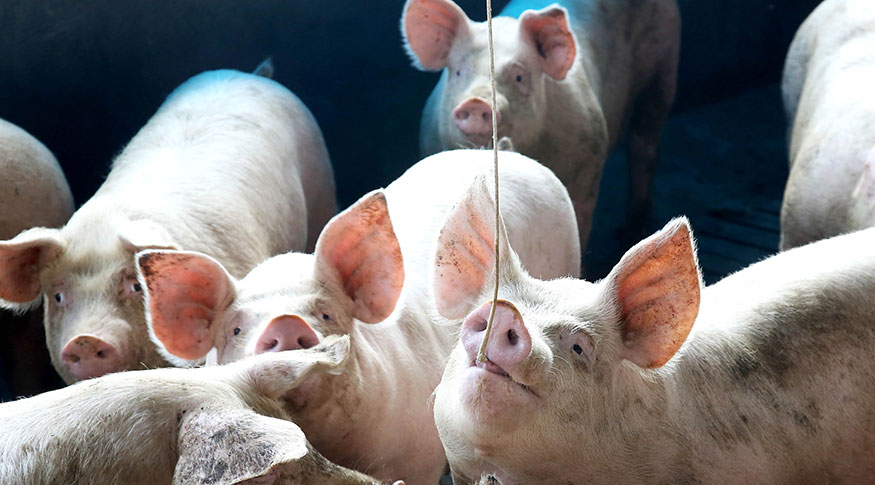Livestock
With increase in exports, slaughter of hogs and pigs is the highest since 1997
September 10, 2020 09h00 AM | Last Updated: September 10, 2020 05h03 PM

The second quarter of 2020 registered the slaughter of 12.10 million head of hogs and pigs in Brazil, a number that sets a new record for the sector. The last record was in 1997. The result means an increase of 6.2% in relation to the same period of 2019 and 1.8% compared to the first quarter of 2020. June was the month with the best performance.
This is one of the highlights of the 2nd Quarter 2020 Livestock Statistics survey, released today (10) by the IBGE. The explanation for the record number since the beginning of the time series is linked to pork exports, as Bernardo Viscardi, supervisor of Livestock Production surveys, explains: “China has increased the demand for pork due to the reduction of its herd, due to the African Swine Fever and, as a result, the import of this type of food from Brazil has increased considerably ”, says the expert.
Cattle slaughter in the period fell, despite the fact that beef has also recorded high in exports. The survey shows that 7.30 million cattle head were slaughtered, 8% less than in the same quarter of 2019, but up 0.3% from the figure recorded in the first quarter of 2020. The result is the lowest for a 2nd quarter since 2011. According to Mr. Viscardi, it is a result of the restructuring of the sector to adapt to the adverse scenario faced since the end of March, due to the COVID-19 pandemic. The appreciation of the price of the ox head is also a point. “Calves are more expensive, so there is less availability of animals for slaughter, with more female retention for breeding”, he explains.
Production interruption due to the pandemic also caused drop in chicken slaughter. The survey points out that 1.41 billion chickens were slaughtered, a 1.0% drop compared to the 2nd quarter of 2019 and a 6.8% decrease compared to the 1st quarter of 2020. It is the worst result for the quarter since the 2nd quarter of 2018. “Temporary shutdowns due to the pandemic impacted the production of slaughterhouses. They can explain falls”, stresses Mr. Viscardi.
Egg consumption increases due to lower cost
The survey also shows the production of hen eggs and records that, in total, 974.15 million dozen were produced in the 2nd quarter of 2020. This number is 2.8% higher than that recorded in the 2nd quarter of 2019 and 0.3% above the previous quarter. “In periods of economic recession, such as social isolation due to the pandemic, the consumption of hen eggs tends to increase, as it is a cheaper source of protein than meat”, explains the expert. The peak in production occurred in May, when 326.73 million dozen were recorded, 2% above the production of the equivalent month in 2019.
The purchase of raw milk made by establishments that operate under some type of federal, state or municipal health inspection was 5.76 billion liters. This result means a reduction of 1.7% in relation to the 2nd quarter of 2019, and a decrease of 9.3% in comparison to the 1st quarter of 2020. Viscardi points out that usually the 2nd quarters are periods of lower production, due to the off-season stage in the main milk producers in the country.
As for the acquisition of leather, the tanneries declared to have received 7.32 million pieces, a reduction of 12.8% in relation to that acquired in the 2nd quarter of 2019 and a decrease of 3.3% compared to the 1st quarter of 2020. This reduction is directly related to the falls in the slaughter of cattle in April and May. The Quarterly Survey of Leather investigates only tanneries that tan at least 5,000 whole units of raw cowhide per year.



















